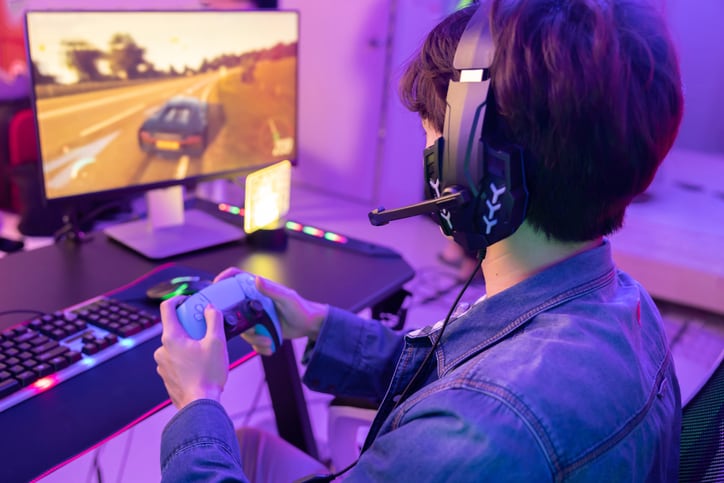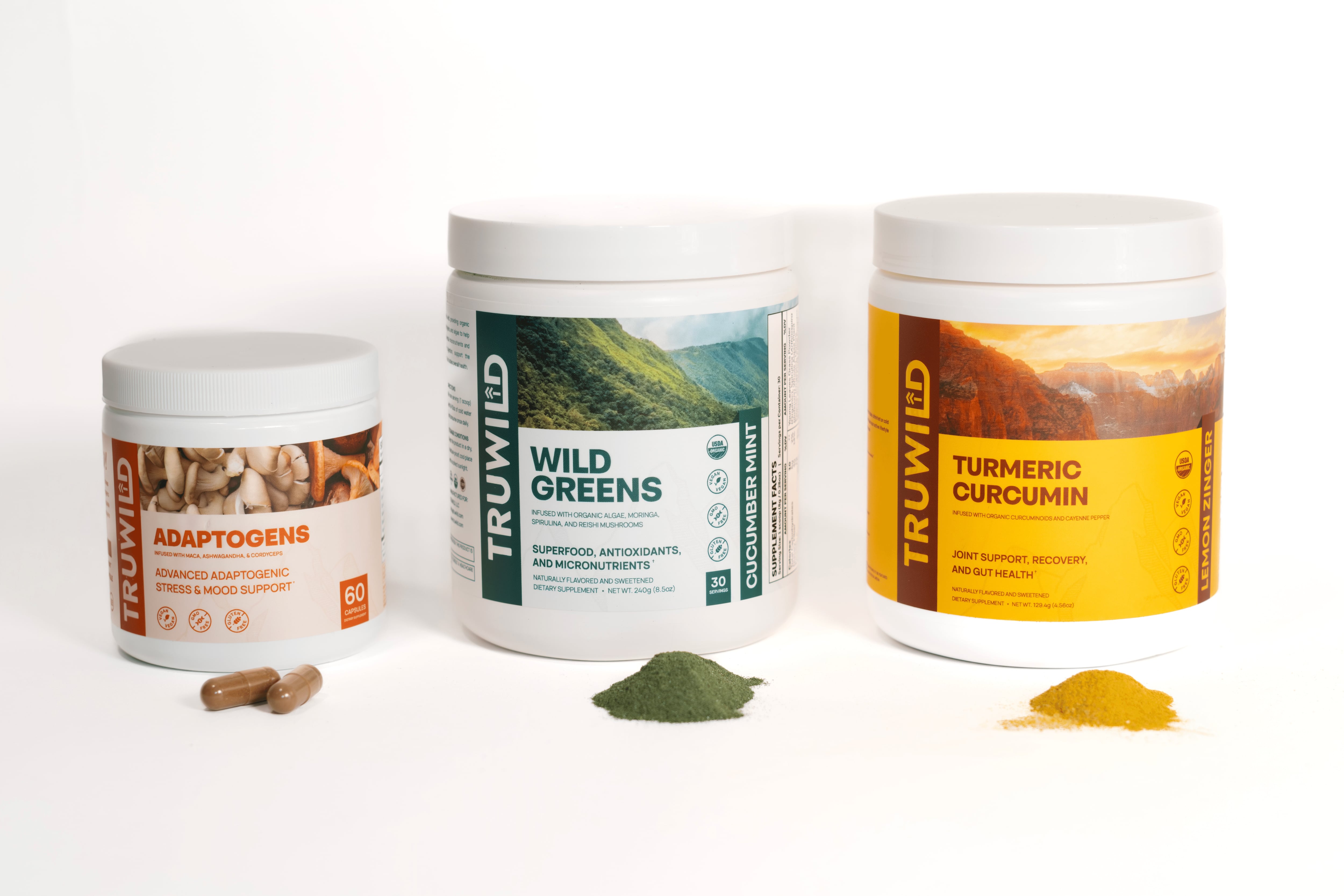Advancements in technology, graphics and UX – along with super-fast internet speeds – means gaming is now a multi-billion dollar industry and global community. Players range from professional esports players – those who have built careers out of their skill and dexterity – to those who simply play for fun to relax and unwind during the evenings.
In fact, the gaming industry is set to reach more than $69bn. And this opens up an opportunity for food and beverage brands.
From artificial ingredients to active nutrition
Food, beverage and supplement brands have all made moves into the space: eyeing an opportunity to meet gamers’ needs.
But – contrary to popular belief – not all video-gamers are content to chug down neon-colored energy drinks with artificial colors, flavors and long ingredient lists.
Instead, they’re becoming increasingly savvy about what they put in their bodies and how food and beverage can help fuel their needs.
And energy drinks have been one of the most prolific areas of innovation.
The global energy drink category has been growing fast. In the US alone, the energy drink market value was estimated at $23.9bn in 2024, according to Mintel figures, with further growth set to come over the next few years.
And key to the category’s expansion is to go beyond the core brands that have dominated the sector for decades. Energy, after all, is something that everyone wants: whether it’s to participate in extreme sports or get through a busy day in the office.
Growth in the energy drink category is being dominated by the concept of ‘clean energy’ or ‘better-for-you energy’: drinks that move away from artificial ingredients and high sugar content to create an option that fits in with consumers’ health and wellness goals.
But within this better-for-you movement there are key opportunities to be explored. Energy drinks for women is one of them: opening the market up to a population that has largely been put-off by the masculine branding cues of traditional energy drinks. This represents a huge global audience to tap into.
But other opportunities for energy drinks include smaller, niche audiences: where it’s particularly important to know the consumer and cater to their precise energy needs. The gaming community is one of them.
Gamers are looking for energy: but it’s more complex than that.
They want energy that offers a sustained boost over long periods of time, for gaming sessions or gaming marathons that can last for hours. They don’t want the caffeine crash that’s associated with many mainstream energy options.
And they’re also looking for an extra component: the need for focus, concentration and attention to keep them at their most attentive during their gaming endeavours.
Caffeine is still a key source of energy: but synthetic caffeine is increasingly frowned upon. Brands, instead, are turning to natural sources of energy: whether that’s from natural coffee sources or green tea or matcha.
One of the combinations that’s seen increasingly across the energy drink industry as a whole – and one that’s particularly pertinent to gamers – is the combination of caffeine with L-theanine. L-theanine – an amino acid found naturally in tea - has a balancing effect on the common less desirable effects of caffeine (such as jitters and a caffeine crash): instead promoting calmness and focus as well as boosting cognitive function.
L-tyrosine is another amino acid that energy drinks are exploring as a precursor for neurotransmitters potentially enhancing focus and alertness.
Meanwhile, herbal ingredients such as ginseng and guarana are increasingly being explored for energy across the wider category: an offer an area for gamers’ brands to explore.
Find out more
Energy drinks are just one part of the opportunity for food and beverages in esports.
Find out more in FoodNavigator-USA’s free-to-attend webinar ‘Fueling Fun: Connecting with Esports Enthusiasts and Everyday Gamers FTW’, and explore how brands can authentically engage this high-energy community.


